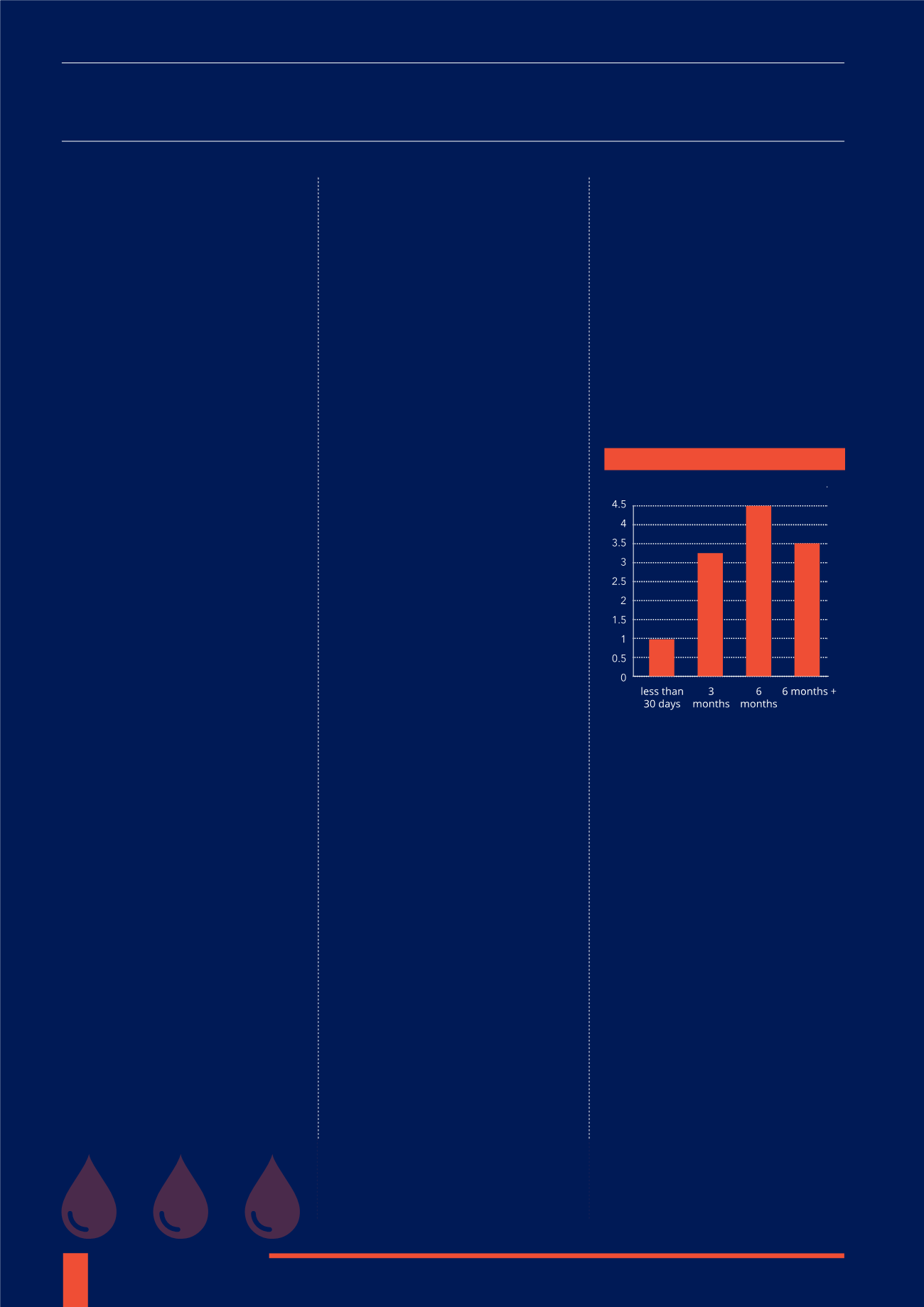
26
RISKS
Of course there are many risks
associated with investing in BPR
products, and these can be very
different from risks associated with
more traditional IHT solutions such as
gifts and trusts. The conversation on
risk and retirement between investors
and their advisers is probably a lot
different these days – with longer
retirements, in many cases there needs
to be some exposure to investment risk
within a portfolio in order to accumulate
enough wealth to meet future spending
needs.
The risks can be broken down
into investment risks (specific and
systematic risks), tax risks (risks to
qualifying status), what might be
thought of as legal / regulatory risk (a
change in the legislation on BPR or anti-
avoidance measures) and some other
risks (timing, withdrawals, FSCS status).
INVESTMENT RISKS
The usual risk warnings apply to BPR
products: capital is at risk and the value
of the investment can fall as well as
rise. Investors may not get back all (or
indeed any) of their capital and past
performance is not a guide to future
returns.
This is unavoidable of course - the
money has to be put into qualifying
business assets, which will be small,
unquoted companies or partnerships.
Statistically, smaller companies are
more likely to fail, so in following this
line of logic at first glance BPR could
be seen as a very risky investment. It
is an investment into a going concern
- losing money will always be a distinct
possibility.
However, in reality the BPR universe
is really all about sourcing the right
opportunities – asset allocation – and
either:
a)
Managing the underlying asset
to reduce risk to a minimum (without
manufacturing the trade) or
b)
Ensuring
sufficient diversification to reduce the
risk of a significant loss.
As we alluded to in the previous section,
free from the obligation to earn market
beating returns and report quarterly
performance, the managers of these
products can select established, steady
performers or seek out good value
opportunities in niches such as PFI,
lending or renewable energy generation.
But traditional techniques of
fundamental analysis and knowledge of
the investee companies and the sectors
they operate in is still vital. Smaller
companies ARE more vulnerable - for
example they might rely on fewer,
bigger customers, they may have more
key person risk than larger companies,
and they might not have the right
business mix to survive a change in
regulation - so the skills, knowledge
and experience that enable successful
stock picking are essential. Stellar
performance is not a requirement, but
capital preservation is - more so than
with any other investment product
perhaps, given the ultimate objective of
passing on wealth intact.
It’s also worth pointing out that with a
smaller investment universe and tighter
objectives, in many products the spread
of investments is not that great - risk is
not diversified away. This concentration
of assets has some advantages, such as
increased levels of control and influence
over the underlying investment,
but of course it also means that one
or two failures can have significant
negative impact on the entire portfolio
- increasing investment risk. This
potential concentration of assets is
more common in the non-AIM products.
LIQUIDITY
The other big investment risk is lack of
liquidity. Smaller unquoted companies
and BPR qualifying assets are not
generally liquid and certainly don’t
have the same levels of liquidity as
conventional main market investments.
This runs counter to one of the key
selling points of BPR products: investors
can retain control of their assets (unlike
using gifts and trust as IHT solutions). As
noted in the previous section, the BPR
product providers have addressed this
by building liquidity into their product
structures. Some products have been
structured to allow investors to make
regular withdrawals, and all of the
products allow lump sum withdrawals,
although the timeframe for fullfilling the
request for a withdrawal varies of one
to six months (We took a look, and our
research shows that there is usually a
correlation of higher levels of liquidity
to lower levels of return).
The other point with the promised
liquidity is while it has proven to be
workable for managers on a day to day
basis with low levels of redemptions; it
has not been tested in a situation where
everybody tries to withdraw their money
at once. One can speculate that in a
scenario like this it would turn out that
there was no liquidity after all, or exits
were only achieved at a significant loss
(much like the main market - however
much the regulators make a virtue of
liquidity, it doesn’t prevent losses).
GEARING
A risk that is not perhaps immediately
apparent to investors and their advisers
is gearing. Unlike more familiar unit
trusts and open ended investments,
BPR products are closed funds and
therefore they have the option of using
gearing to try and enhance returns.
WITHDRAWAL TIMING
Average target return (%)


